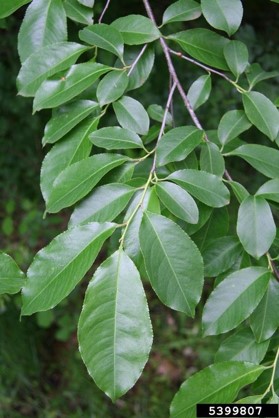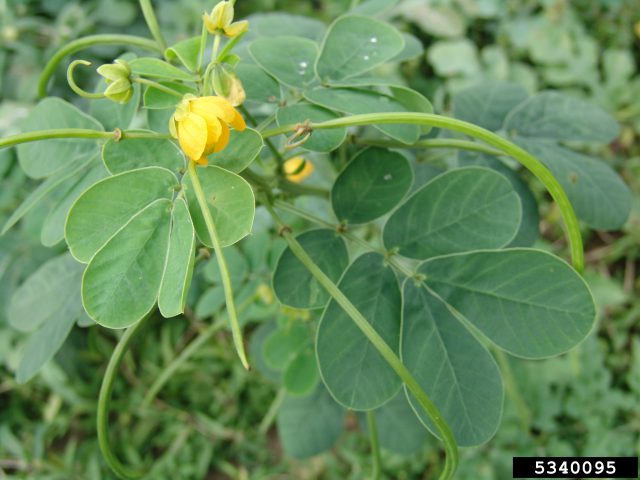
by Doug Mayo | Nov 2, 2018
There are a variety of programs from the United States Department of Agriculture (USDA) that will be available to help farmers, ranchers, and timberland owners in the counties effected by Hurricane Michael. The majority of the programs are administered through the...

by Les Harrison | Nov 2, 2018
Hurricane Michael will always be recalled as a milestone in the lives of many Florida Panhandle residents. The course of people’s lives has been altered irrevocably. Depending on the location within the storm’s footprint, the damage was minor to absolutely...

by Mark Mauldin | Nov 17, 2017
Two general statements to begin the discussion: Florida grass hay is generally not sufficient to meet the nutritional needs of a lactating brood cow. A fall/early winter calving season is a fairly standard practice in Northwest Florida. These two statements imply that...

by Kalyn Waters | Nov 17, 2017
Black Cherry is common across the southern half of the United States. Mature trees span from 50 to 90 feet tall with an oval silhouette shape, and low branches that normally droop to the ground. This native tree is commonly used for landscaping but can also be found...

by Matt Hersom | Aug 25, 2017
Everyone likes a good bargain, but when it comes to hay, low price often equates to poorer quality. Because hay is often sold by the bale, the amount of savings from the “good bargain” can be reduced substantially if there is a negative impact on herd nutrition. So...

by Kalyn Waters | Aug 25, 2017
Sicklepod is commonly known as Coffeeweed and is a major issue for livestock producers across the Southeast. This semi-woody annual legume is native to the American tropics. Sicklepod is known to be toxic, affecting liver, kidney and muscle function in livestock. The...







